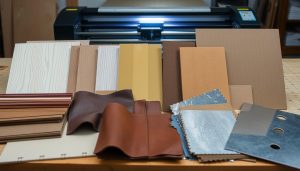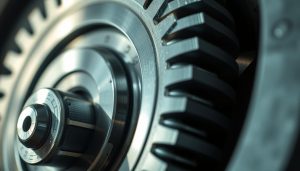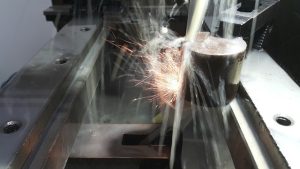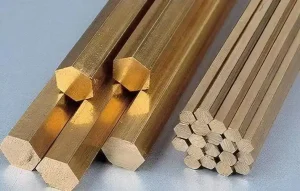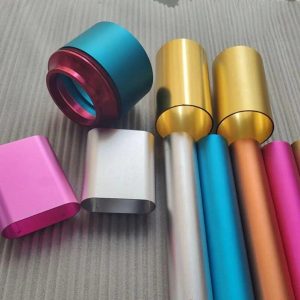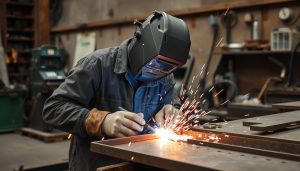In mechanical engineering, knowing about gear modules is key. They help design efficient mechanical systems. The gear module affects how well these systems work and last.
Design engineers need to understand gear modules. This knowledge helps them create new solutions that work well.
A gear module is the ratio of a gear’s pitch diameter to its number of teeth. It’s important for gears to work right and last long. Knowing about gear modules helps engineers make better designs.
This means better gear performance, less wear, and longer system life.
In this article, we’ll explore gear modules in mechanical engineering. We’ll look at how to calculate them, their types, and uses. By the end, you’ll know how to pick the right gear module for your needs.
What Is a Gear Module and Why It Matters
Gear modules are key in mechanical engineering. They help design and work of mechanical systems. The gear module is the ratio of the gear’s pitch diameter to its number of teeth. This ratio is vital for the gear’s size and strength, impacting the system’s performance.
Calculating gear modules is essential. It ensures gears can handle the stresses they face. This is critical for their durability and function.
Gear modules are vital in mechanical engineering. They are used in many applications, from simple devices to complex machinery. The need for better mechanical systems has driven the evolution of gear modules. New materials and technologies have improved their performance and durability.
Basic Definition of Gear Module
A gear module is the ratio of the gear’s pitch diameter to its number of teeth. It’s measured in length, like millimeters or inches. This ratio helps calculate the gear’s size, strength, and the system’s torque and speed.
Importance in Mechanical Engineering
Gear modules are critical in mechanical engineering. They determine the gear’s size and strength. A high module gear is stronger and more durable. A low module gear is weaker and less durable.
Historical Development of Gear Modules
The history of gear modules is tied to the need for better mechanical systems. They’ve been used in mechanical engineering from the start, in clocks and devices. Over time, new materials and technologies have made gear modules more efficient and durable.
| Module Size | Pitch Diameter | Number of Teeth |
|---|---|---|
| 1 | 10mm | 10 |
| 2 | 20mm | 20 |
| 3 | 30mm | 30 |
Understanding Gear Module Calculations
To optimize engineering design, it’s key to grasp gear module calculations. The gear module formula helps figure out gear size. It considers the number of teeth, pitch diameter, and pressure angle. This formula ensures gears are the right size and work well.
Calculations rely on standardized formulas and tables. These tools help designers quickly find the right gear module. For instance, the gear module formula can find a gear’s module from its pitch diameter and teeth count.
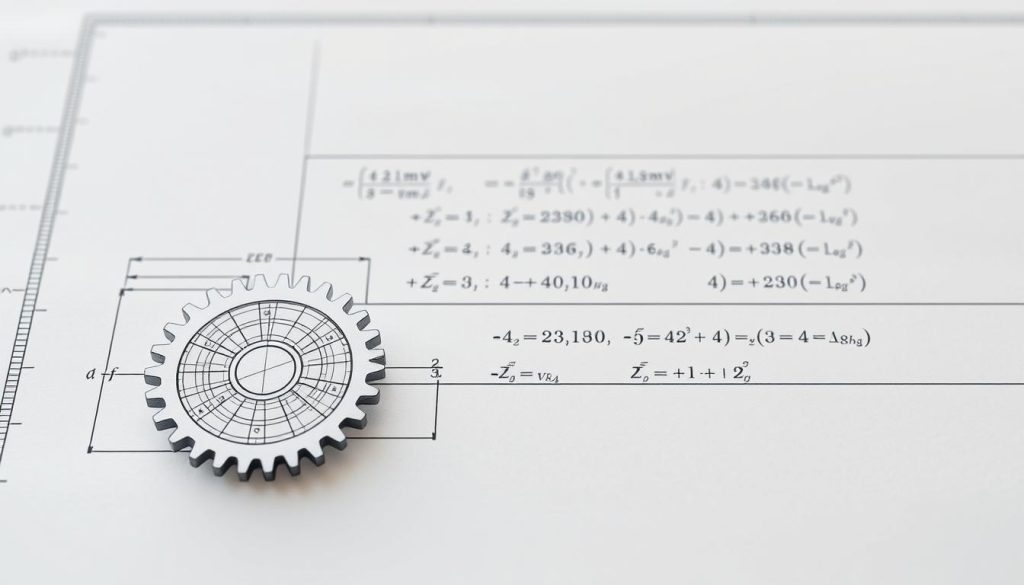
In engineering design, knowing gear module calculations is vital. It helps improve gear performance and system efficiency. By using the gear module formula and standard tools, designers make gears that work efficiently. This leads to better system performance overall.
Types of Gear Modules in Modern Engineering
Gear modules are key in mechanical engineering, with different types for various needs. Metric modules are popular for their simplicity and easy math. They’re used in many gears, like those in cars and machines.
Diametral pitch is another important term in gear design. It shows how many teeth fit on a certain diameter. Knowing about both diametral pitch and module helps pick the right gear for a job.
Metric Modules
Metric modules are loved for being standard and easy to use. They come in sizes from 0.5 to 10 mm. This makes it easy for designers to find the best module for their project.
Diametral Pitch vs Module
The diametral pitch matters a lot in gear design. It decides the tooth size and strength. A higher pitch means smaller teeth, which might be weaker. But, a lower pitch means bigger teeth, making the gear stronger but with fewer teeth on a given diameter.
| Module Type | Pitch Diameter Range (mm) | Diametral Pitch Range |
|---|---|---|
| Metric Module | 0.5-10 | 1-20 |
| English Module | 1-20 | 1-10 |
In summary, knowing about gear modules like metric and diametral pitch is key in engineering today. Choosing the right module ensures gears work well, efficiently, and reliably.
Common Applications of Different Module Sizes
Gear module applications are widespread and vital in many industries. Choosing the right module size is key for top-notch machine performance. In cars, gear modules handle heavy loads and fast speeds in transmissions.
In the aerospace field, precision and dependability are top priorities. Gear modules are also used in manufacturing, like in robotics and automation. They help machines move accurately and efficiently, boosting production.
Some main gear module applications include:
- Power generation and transmission
- Industrial automation and robotics
- Aerospace and defense
- Automotive and transportation
When picking a gear module, load, speed, and precision matter a lot. The industrial uses of gear modules need careful thought to ensure they work well. Knowing how different module sizes are used helps designers and engineers make the best choices.
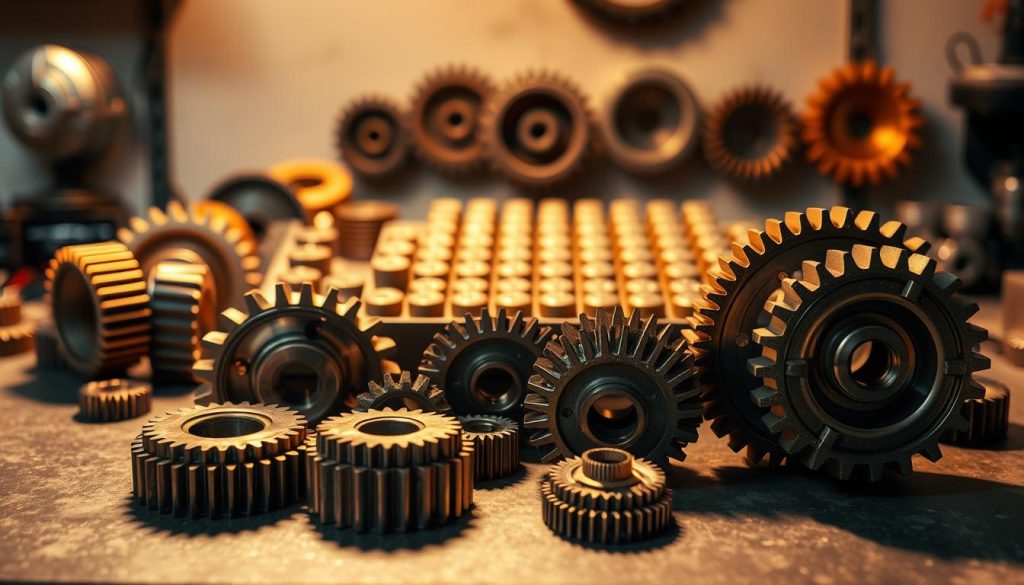
The Relationship Between Module and Gear Performance
Gear modules are key in mechanical systems. Choosing the right gear module affects gear strength, transmission ratio, and life. Engineers must link gear module to these performance areas when designing.
A good gear module boosts gear strength, lowering the chance of damage. It also impacts the system’s efficiency, which is vital. By picking a module that balances strength and ratio, engineers make systems efficient and reliable.
Impact on Gear Strength
Gear strength is vital in design. A small module can weaken gears, causing more wear. A large module might make gears heavy and less efficient.
Effect on Transmission Ratio
The transmission ratio is also influenced by the module. It affects the output shaft’s speed and torque. Choosing a module that optimizes ratio makes systems efficient and effective.
Influence on Gear Life
The gear life is also affected by the module. A well-chosen module reduces wear, extending gear life. Engineers aim for a balance in strength, ratio, and life for reliable systems.
Module Selection Criteria for Design Engineers
Design engineers have to think about many things when picking a gear module. They need to make sure it fits the mechanical system’s needs. This includes looking at load conditions, space, and the material used.
Some important things for design engineers to think about are:
- Load conditions: The gear module must handle the expected loads and stresses well.
- Space constraints: It must fit in the available space and allow for lubrication and maintenance.
- Material selection: The material must be right for the job, considering strength, durability, and resistance to corrosion.
By thinking about these points, design engineers can pick the right gear module. This ensures the mechanical system works well and efficiently. It also lowers the chance of failure or downtime.
When choosing a gear module, design engineers also need to think about installation, maintenance, and repair. They must make sure the module is correctly aligned and secured. Regular maintenance is also key to prevent wear and tear.
By following these guidelines and considering the important factors in module selection, design engineers can make smart choices. These choices help improve the performance and efficiency of their mechanical systems.
Troubleshooting Common Module-Related Issues
Working with gear modules means solving common problems. Wear and sizing mistakes can hurt performance and reliability. These issues can cause early wear, lower efficiency, and even system failure.
To fix these problems, designers and engineers need to pick the right gear modules. Proper sizing is key to avoid sizing mistakes. These mistakes can make gears wear unevenly or bind, shortening their life. Choosing the right materials and coatings helps prevent wear. Also, keeping gears well-lubricated and maintained is important.
Wear Problems
Wear problems come from bad lubrication, heavy loads, and wrong materials. To solve these, designers can:
- Check gears for wear signs like pitting or scoring
- Watch system performance and adjust as needed
- Follow regular maintenance to stop wear and tear
Sizing Mistakes
Sizing mistakes happen when gear ratios and module sizes are not right. Designers can use:
- Gear calculation software for the best gear ratios
- Module size charts to pick the right size
- Expert advice from engineers or manufacturers for accurate sizing
Knowing why wear and sizing mistakes happen helps designers and engineers. They can then take steps to prevent these issues. This ensures mechanical systems work well and last long.
Conclusion: Optimizing Gear Module Selection for Your Application
Choosing the right gear module is key for your mechanical systems’ performance and life. Knowing how module size affects gear strength, transmission ratio, and lifespan helps engineers. They can then optimize gear module selection for their mechanical component selection.
Whether it’s for industrial machinery, car transmissions, or medical devices, this knowledge is vital. It ensures your projects are efficient, reliable, and cost-effective. Remember, the best gear module varies by application and design needs.
When starting your next mechanical engineering project, remember these important points. Use the knowledge from this article to optimize gear module selection. This will improve your mechanical systems’ performance.
